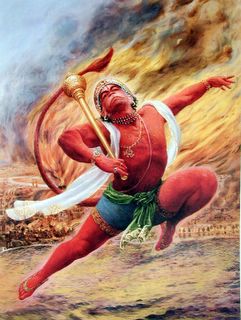 I reader emailed me the following question:
I reader emailed me the following question:We have the cow (Nandini) murti in the temple in front of the Shivaling. Then there is a tortoise in front of the cow. Why is that there?
Well reader, thank you for asking such a question, as it has not only enlightened me, but I am sure other readers of these pages will be delighted to learn about this symbolism too.
Let us first look at the symbolism of Nandi. Nandi is well known as the principal servant and vehicle of Lord Shiva. Nandi represents Bhakti and is always prostrate before the Lord. The tortoise represents vairagya. Just as a tortoise can entirely withdraw its limbs into its body, we should withdraw our senses away from worldly matters and into our souls. Together bhakti and vairagya are the pathway to God.
Nandi symbolizes the Aasan, which means to be firmly seated in ones place and posture. The aasan helps still the body. Nandi gazes up at the murti (face, idol) of Lord Shiva. We need to still our mind.
Once the mind is still, we have to withdraw our senses, which are forever craving for objects of pleasure in the external world and direct them inwards. The process of withdrawing senses from the temporal world is signified by the murti of the tortoise, placed ahead of the murti of Nandi. Just as a tortoise withdraws all its limbs within its shell, we should also withdraw our senses from objects of sensual pleasure.
The turtle could be the great Akupura on whose back rests the entire cosmos. Some believe that this turtle is Kurma, Vishnu's avatar who held aloft mount Mandara, which the Gods used as a churning staff when they churned the cosmic ocean. The turtle is also a symbol of Pratyahara or a yogic practice by which mystics dissociated themselves from all sensory stimulation and regressed into the world within, like the turtles could.

2 comments:
Thanks to both - the 'reader' who asked the question and to the great reply from Dipa.
Keep up this good work Dipa.
Thanks Dipa
for an informative post
Post a Comment